6. The Green Berets (1968) – dir. John Wayne, Ray Kellogg, Mervyn LeRoy
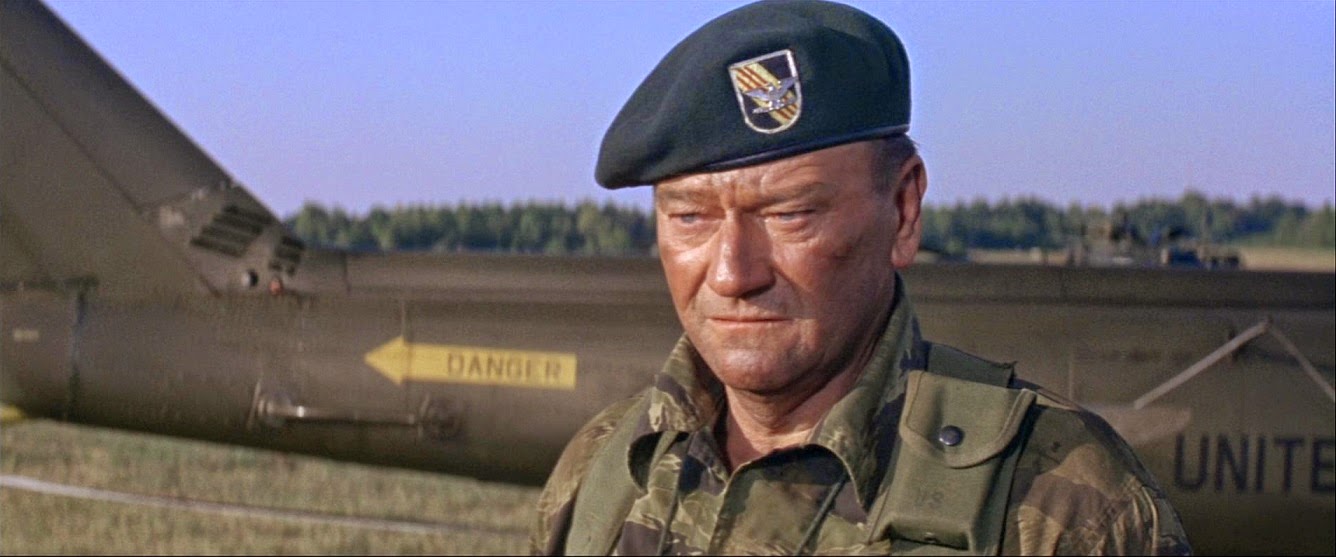
In the same year during which many French students and intellectuals articulated their dream for a socialist rule, the United States fought the contrary battle on the Vietnamese front.
Not surprisingly, “The Green Berets” is at the opposite end of the spectrum from Godard’s “La Chinoise”, thematically as well as aesthetically. If Godard’s standpoint seems now the product of a faulty political reasoning, Wayne’s, Kellogg’s and LeRoy’s film is not only grossly simplifying a complex situation, but it also overtly endorsing its condition of propaganda tool.
The film was harshly evaluated by the press, which denounced both its agenda and its lack of formal ambition in a decade that spawned so many audacious cinematic experiments. New York Times vitriolic review, which closed with the line: “If the left-wing extremist’s nightmare of what we already are has become the right-wing extremist’s ideal of what we ought to be, we are in steeper trouble than anyone could have imagined.” has become anthological.
Despite the avalanche of negative critiques, the film was a commercial success. The Pentagon, which was heavily involved in the making of the film, continues to this day to support a small number of cinematic endeavors that pass through its ideological colander. But if the chosen productions are still glorifying the army, they mostly steer away from representing morally dubious conflicts, focusing instead on the aftermath of war, the plight of the civilians and the traumas of the veterans.
7. Le Souffle au Cœur (1971) – dir. Louis Malle
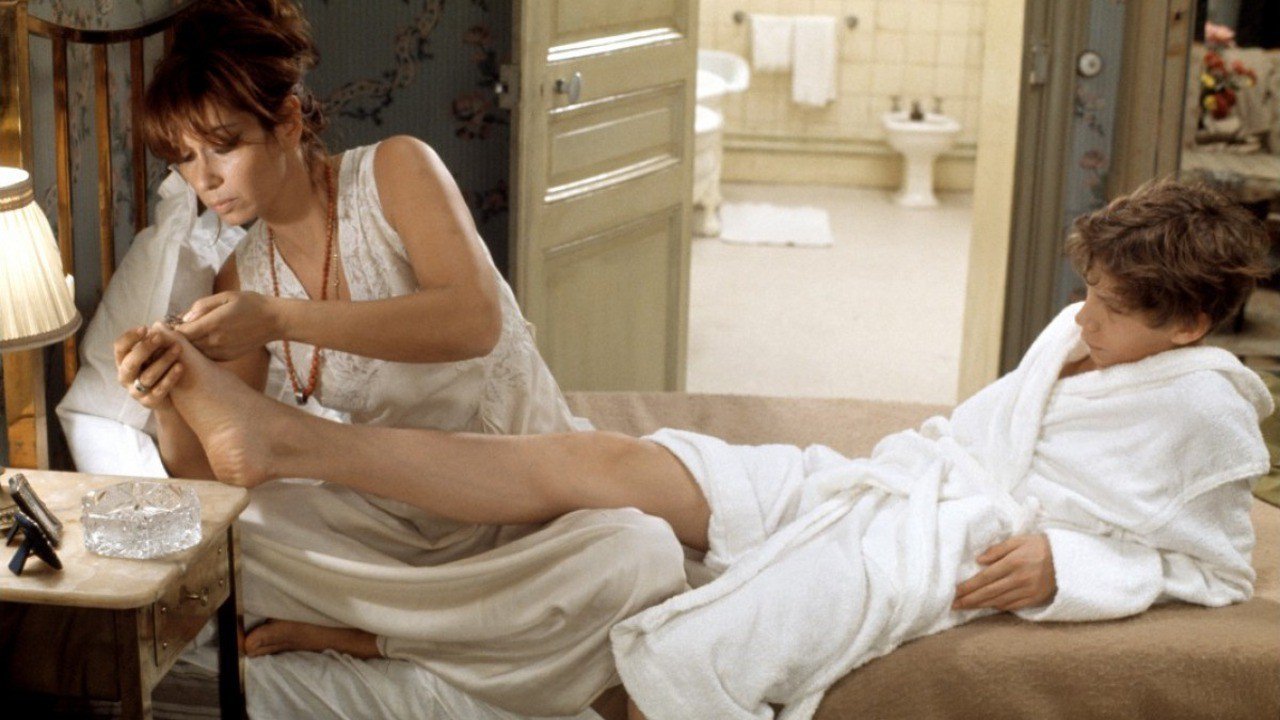
If the previous two films witness to the political turmoil that swept the world in the sixties, Louis Malle’s “Le Souffle au Coeur” demonstrates how the battlefield shifted in the next decade from the public space to the private one.
The seventies were the period of ideological excesses, of pushing the limits of otherwise healthy creeds to the point of turning militantism into terrorism and sexual liberation into legitimizing pedophilia. Because youth had proved to be a force to be reckoned with, children imperatively became strategic objectives that would rule the world of tomorrow according to the early education they would have received. The recently-established taboo concerning children’s sexuality was shattered, and films like Malle’s stepped into the breach.
“Le Souffle au Cœur” outwardly appears exaggeratedly provocative, combining the sexual awakening motif with an incestuous relationship between the mother and her son, but is in fact a tender reminiscence of the film-maker’s own childhood benignantly combined with the preoccupations of the time. It is this subtlety of approach that made critic Roger Ebert note “that the moment of incest, when it occurs, seems almost natural, more fond than carnal, and not terribly significant”.
Since the release of the film however, mentalities have profoundly changed and childhood has been put back on its pedestal of inviolability. It is true that cinema still doesn’t recoil from depicting incest, but it portrays it as a variation of hybris, whose only issue is tragedy and that certainly cannot be defused by a burst of laughter, as it happens in Malle’s classic.
8. Fritz the Cat (1972) – dir. Ralph Bakshi
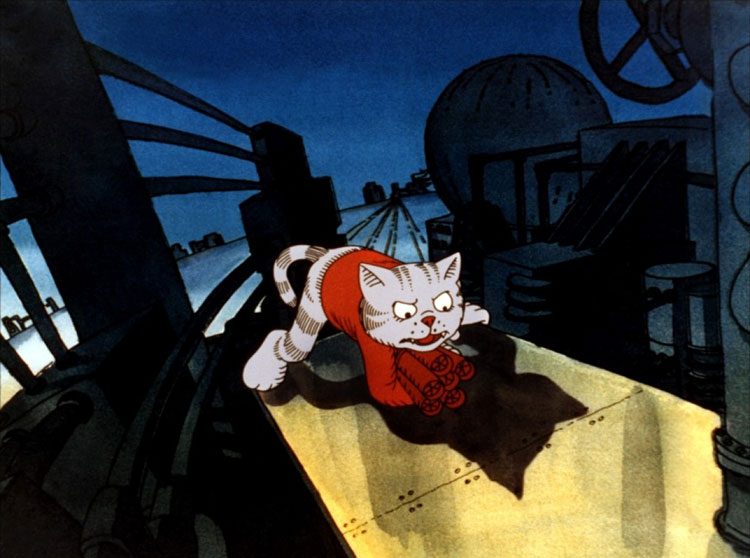
The first animated film to receive an X-rating in the United States, Ralph Bakshi’s “Fritz the Cat” is symptomatic of the times it was created in, not only because of the cultural context in which the story is rooted, but also because of the ferocious disenchantment with extreme leftist solutions that exudes through its every pore.
“Fritz the Cat” is the ultimate response to those who wonder how the countercultural movements of the sixties and beyond could end by reinforcing individualistic and consumerist societies.
The uncannily anthropomorphic Fritz rejects terrorism and goes instead on a rampage in search of all imaginable sources of physical pleasure. To paraphrase Godard’s famous quote, Fritz is not Marx’s child anymore and his heedless hedonism tends to make him the anarchic child of Coca-Cola. Beside Bakshi’s clairvoyance, it is his desire to change mentalities concerning the limits of animation that deserves praise.
The novelty and the shock value of “Fritz the Cat” attracted a large audience, making Bakshi’s film the highest-grossing independent animation feature of all times. But unfortunately, its angry manifesto against whoever tried to confine animation to the realm of childhood didn’t have the expected impact; to this day, animation has neither the thematic scope of live-action films nor their visibility. And “Fritz the Cat” remains a relic shrouded in scandal, decried nowadays for its racial and ethnic stereotypes.
9. The Tin Drum (1975) – dir. Volker Schlöndorff
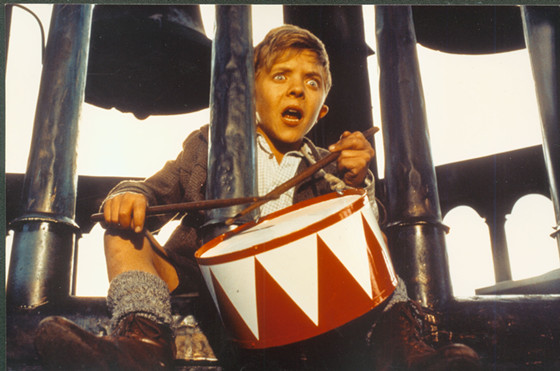
“The Tin Drum” is a unique entry on this list, due to the fact that Volker Schlöndorff’s film did not generate controversy because of its subject (if the bizarre story of a boy born with full intellectual capacities who decides to stop growing on his third birthday has shocked sensibilities over time, this can be accredited to Gunter Grass’ novel), but because of the fact that eleven year-old David Bennet was required to perform in sexual scenes. His acting partner, Katarina Talbach, was twenty-four years of age.
Despite receiving numerous accolades and being the first German film to win two landmarks of cinematic merit, The Palme d’Or and the Oscar for Best Foreign Film, “The Tin Drum” did not slip through the cracks of censorship.
The Ontario Censor Board banned it as child pornography, while the State District Court of Oklahoma went so far as to threaten to prosecute all those who had rented the film in the area.
If at the time those rulings revived the heated debate about the validity of censorship, nowadays, in the wake of the medialization of stories concerning the abuse and coercion that are often exercised on actors, the artist’s physical and psychological integrity is rightly considered to be more important than art itself.
10. She’s Gotta Have It (1986) – dir. Spike Lee
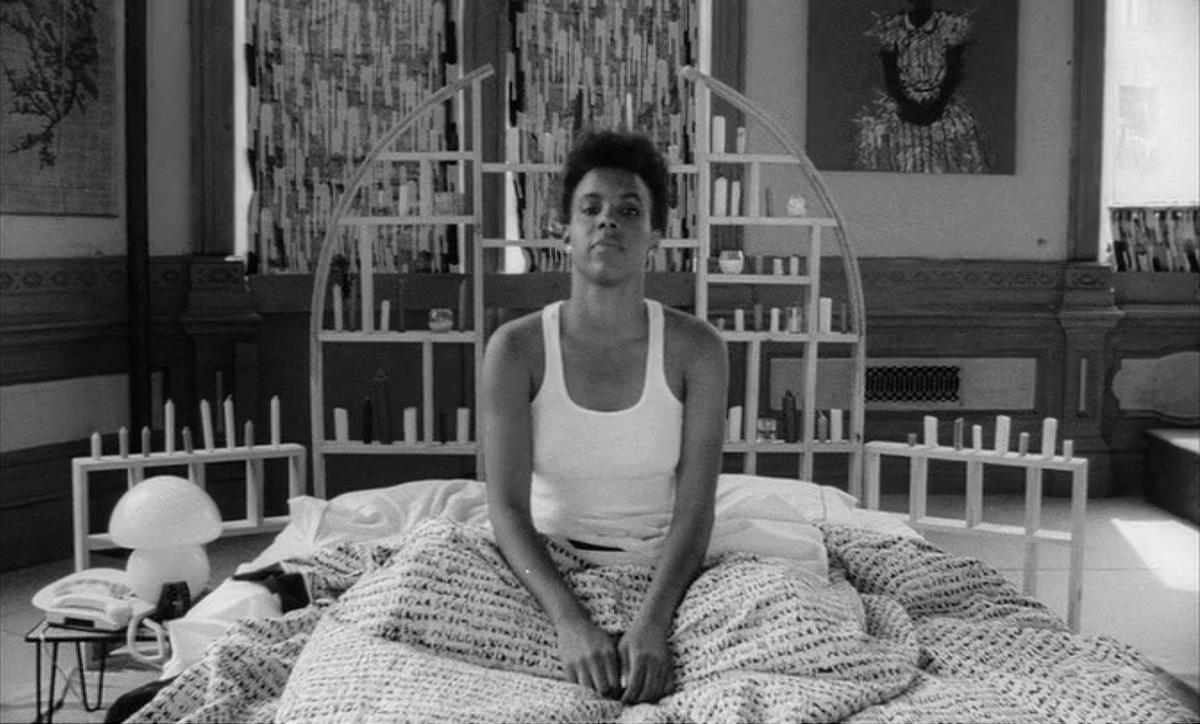
Spike Lee’s debut feature is remarkable not only for being the precursor of the American independent cinema that would fully manifest itself during the second half of the 1980s, but also for shedding unprecedented light onto the so-called “black cinema”.
It was another controversial film, D. W. Griffith’s “Birth of a Nation” that, due to its blatantly racist content, triggered the appearance of a number of films, heterogeneous in style, that were produced by and for the African-American people.
However, it took decades before such a film would tackle thematics like sexual liberation and male dominance in the midst of the community. But Lee’s carefully constructed ode to self-governance pitifully tumbles down with the third act of the film, which recounts how one of the protagonist Nola’s several lovers, otherwise described as an educated and emotionally mature man, brutally rapes her in order to sanction her polyandry.
Afterwards, Lee’s free-spirited character rejects her other suitors in order to engage in an exclusive relationship with her assailant. Obviously, when Lee was asked by Netflix in 2017 to helm a TV-series adaptation of his debut feature, he eliminated the dubious development, stating that its inclusion in the original feature was the only professional regret that he had.